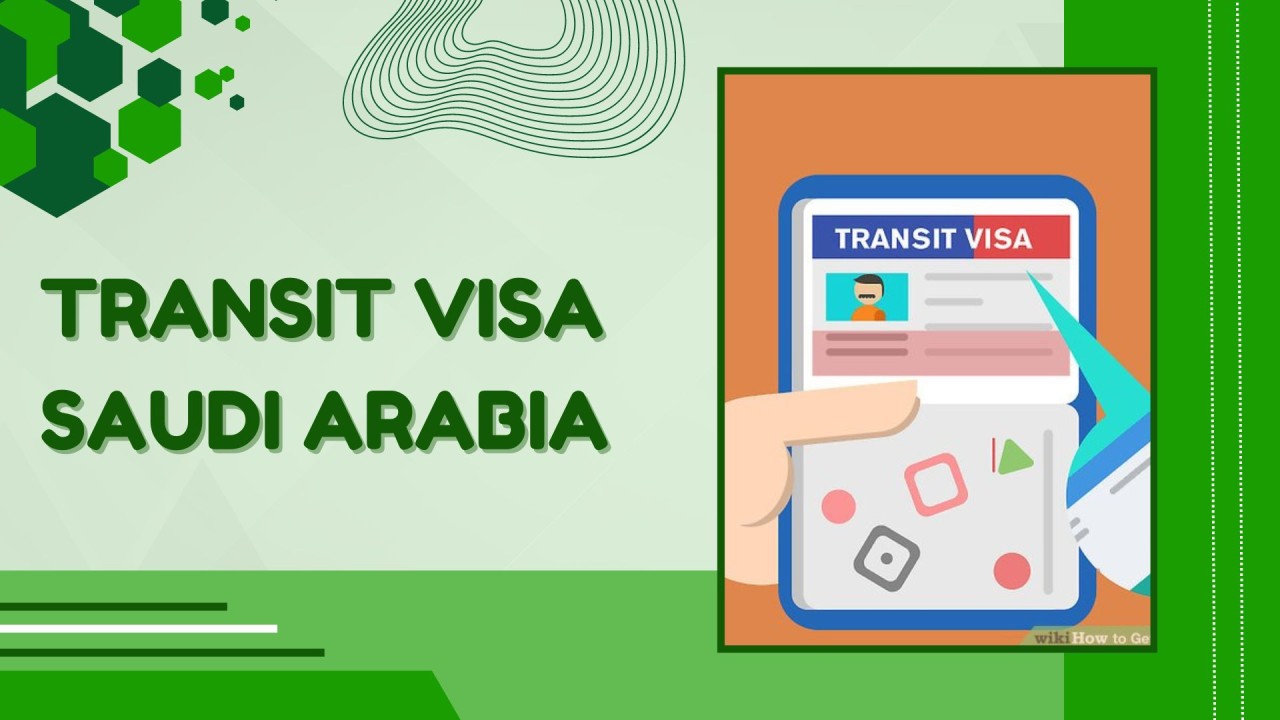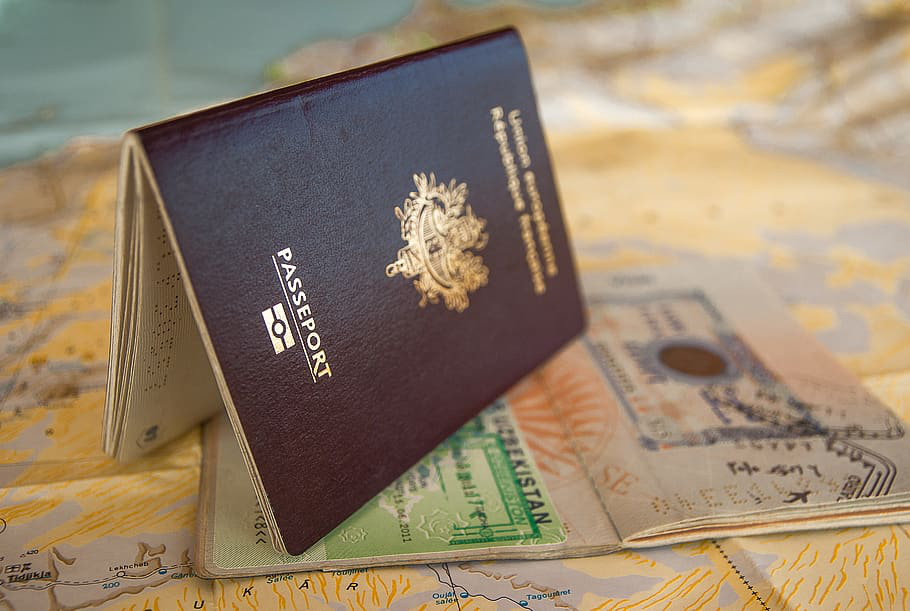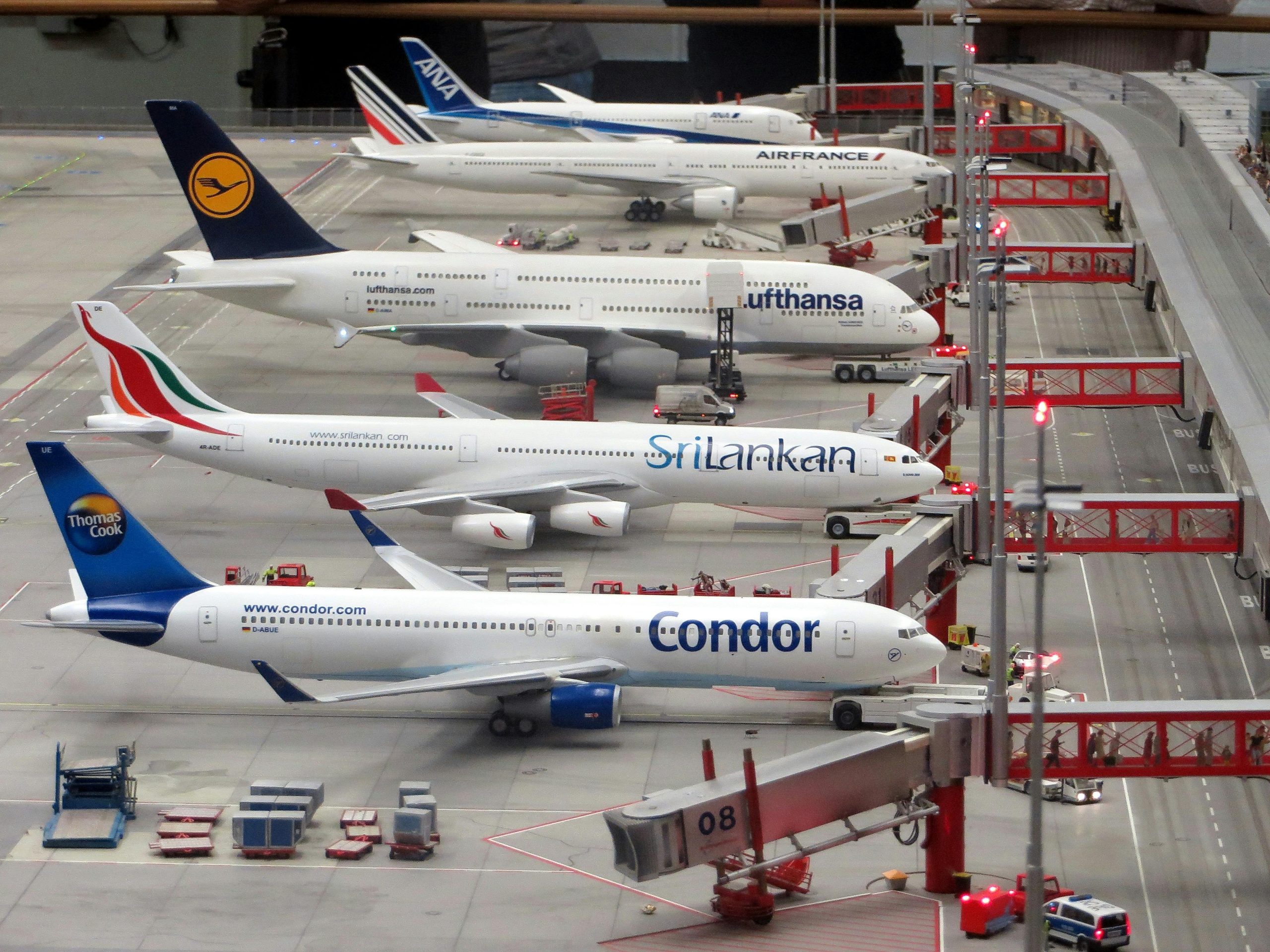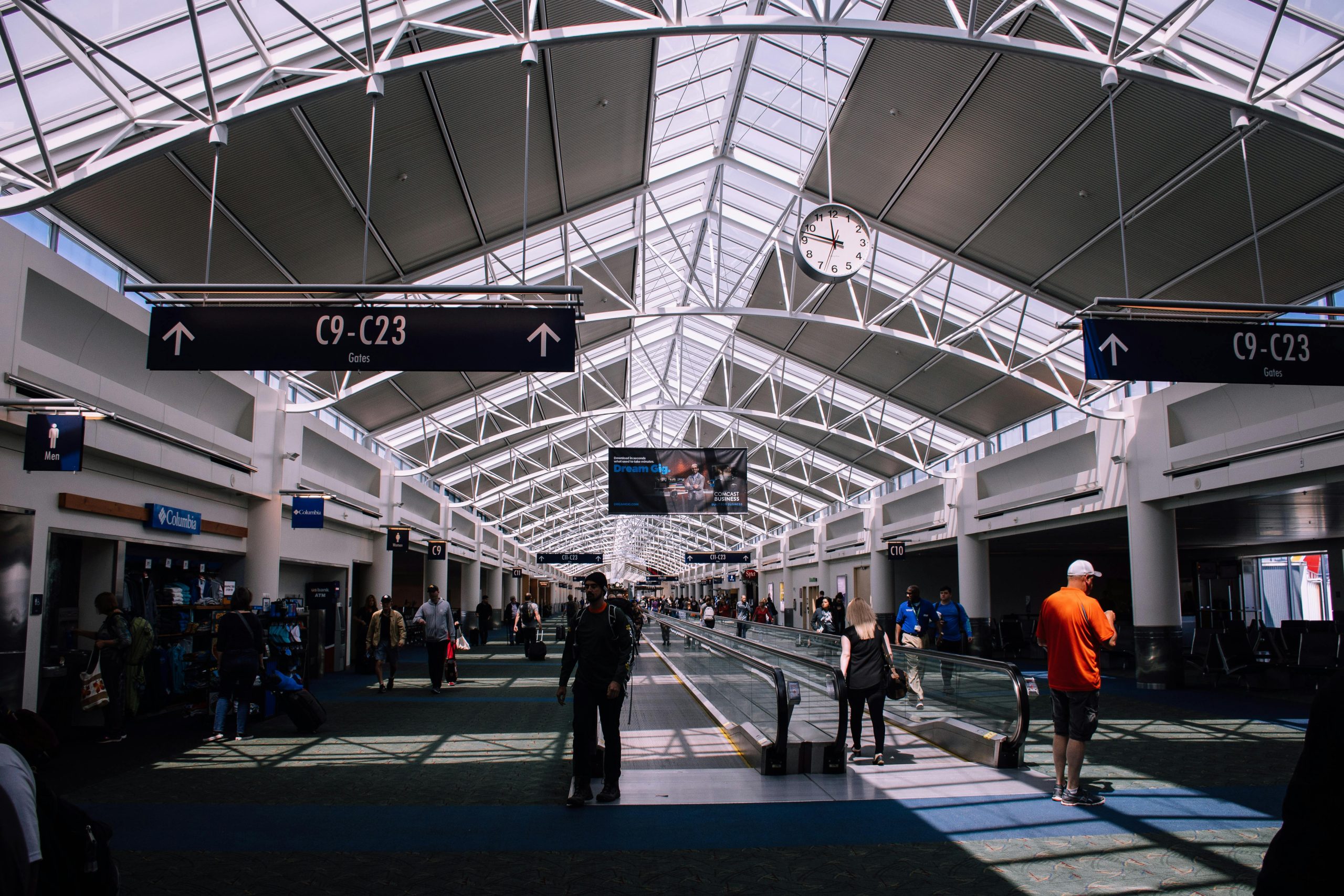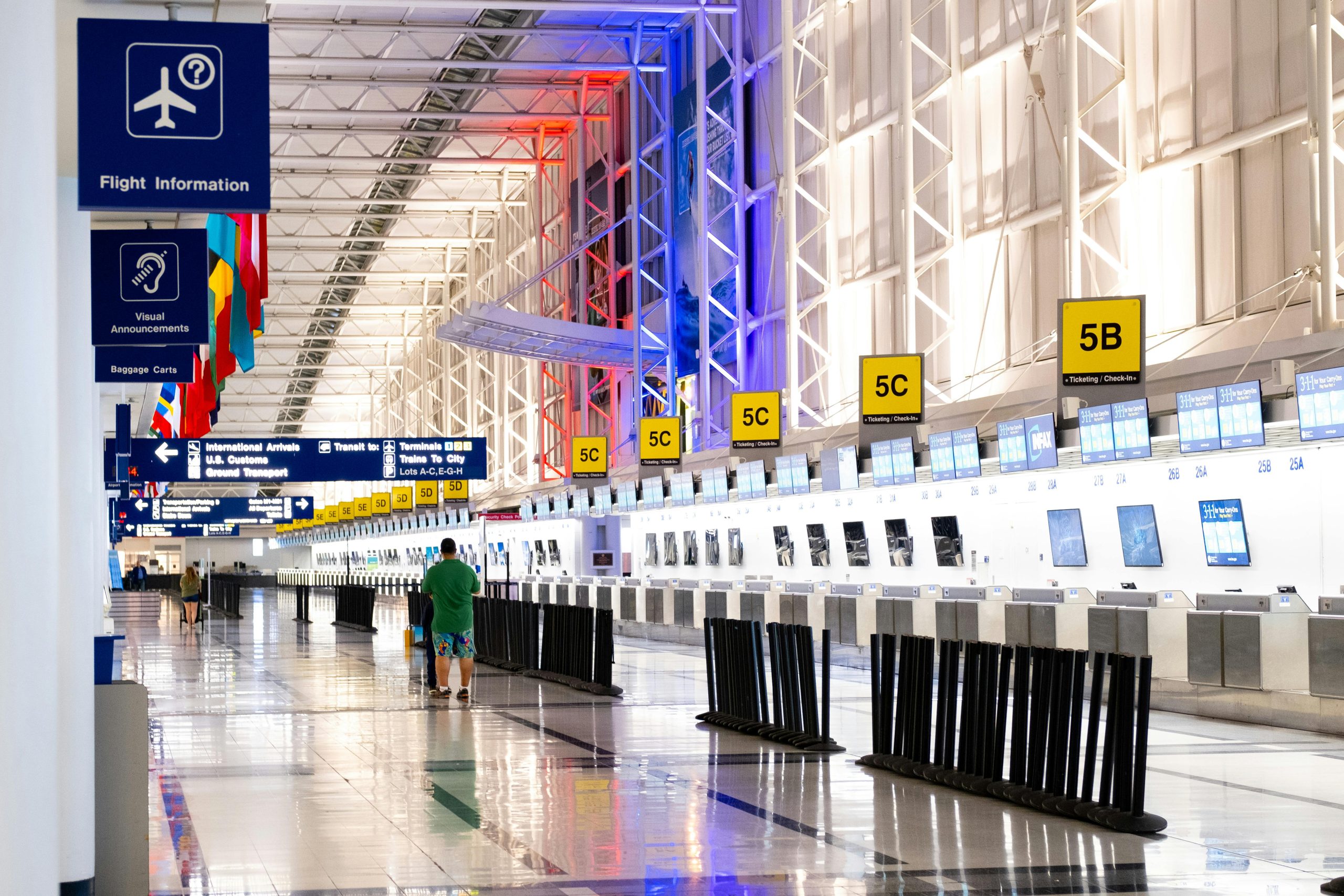Saudi Arabia has emerged as a top destination for travelers, offering a blend of rich cultural heritage, modern attractions, and spiritual significance. Whether you’re visiting for tourism, business, or a layover, understanding the SAUDI VISA PORTS OF ENTRY and the SAUDI TRANSIT VISA is crucial for a seamless journey. This guide provides detailed insights into these topics to help you plan your trip effectively.
Understanding Saudi Visa Ports of Entry
Saudi Arabia has streamlined its visa process to welcome international visitors, and knowing the approved SAUDI VISA PORTS OF ENTRY is essential. These ports include major international airports, land borders, and seaports. For instance, King Khalid International Airport in Riyadh, King Abdulaziz International Airport in Jeddah, and King Fahd International Airport in Dammam are among the primary entry points for e-visa holders. These airports are equipped with state-of-the-art facilities to ensure a smooth arrival experience for travelers.
In addition to airports, travelers with a valid e-visa can also enter through land borders such as the Al Batha crossing, which connects Saudi Arabia and the UAE. This border is particularly popular among travelers driving from neighboring Gulf countries. Seaports like Jeddah Islamic Port also serve as entry points for those arriving by cruise ships or ferries. It’s important to verify your port of entry before traveling, as not all entry points may accept e-visas. For more details, visit the official guide on Saudi Visa Ports of Entry.
What is a Saudi Transit Visa?
If you’re transiting through Saudi Arabia, the SAUDI TRANSIT VISA is a convenient option. This visa allows travelers to explore the country during a layover, making the most of their journey. Whether you have a few hours or a couple of days, the transit visa enables you to visit key attractions, enjoy local cuisine, or even perform Umrah. The visa is particularly beneficial for travelers flying with Saudi Airlines or Flynas, as these airlines often facilitate the visa application process.
The SAUDI TRANSIT VISA is available for both air and land transits, making it a versatile option for travelers. For air transits, the visa allows you to leave the airport and explore nearby cities, while for land transits, it permits you to cross Saudi Arabia en route to another destination. To learn more about the transit visa and its benefits, check out the comprehensive guide on Saudi Transit Visa.
Key Benefits of Saudi Visa Ports of Entry and Transit Visa
The SAUDI VISA PORTS OF ENTRY are strategically located, ensuring easy access to major cities and attractions. Whether you’re arriving by air, land, or sea, these entry points are designed to provide a hassle-free experience. The SAUDI TRANSIT VISA, on the other hand, offers flexibility for travelers with layovers, allowing them to turn a mundane wait into an exciting mini-vacation.
Another significant benefit is the accessibility of these visa options. With multiple entry points and a straightforward application process, Saudi Arabia is more accessible than ever, catering to both short-term and long-term visitors. The e-visa system has further simplified the process, making it easier for travelers to obtain their visas without visiting an embassy.
Tips for a Smooth Travel Experience
To ensure a smooth travel experience, it’s essential to plan ahead. Start by verifying the list of approved SAUDI VISA PORTS OF ENTRY to avoid any last-minute hassles. Ensure your e-visa or transit visa is approved before your trip, and keep a printed copy of your visa and other travel documents handy.
If you have a SAUDI TRANSIT VISA, plan your layover activities in advance to maximize your time. Research nearby attractions, local cuisine, and transportation options to make the most of your short stay. For example, if you’re transiting through Jeddah, consider visiting the historic Al-Balad district or enjoying a meal at a traditional Saudi restaurant.
Exploring Saudi Arabia During a Layover
Saudi Arabia is a country rich in history and culture, and even a short layover can be an opportunity to explore its wonders. If you have a SAUDI TRANSIT VISA, you can visit iconic landmarks such as the Masmak Fortress in Riyadh, the Corniche in Jeddah, or the Al-Qarah Mountain in Al-Ahsa. These attractions are often located near major airports, making them easily accessible during a layover.
For those interested in spiritual experiences, the SAUDI TRANSIT VISA also allows you to perform Umrah, a pilgrimage to Mecca, during your layover. This is a unique opportunity for travelers who may not have the time or resources for a full Hajj pilgrimage but still wish to fulfill their spiritual obligations.
The E-Visa System: A Game-Changer for Travelers
The introduction of the e-visa system has revolutionized travel to Saudi Arabia. Travelers can now apply for their visas online, eliminating the need for embassy visits or lengthy paperwork. The e-visa is typically processed within 24-48 hours, making it a convenient option for last-minute travelers.
The e-visa system also supports multiple entry points, allowing travelers to choose the most convenient port of entry based on their itinerary. Whether you’re arriving by air, land, or sea, the e-visa ensures a smooth and hassle-free entry into Saudi Arabia.
Conclusion
In conclusion, Saudi Arabia’s visa policies, including the SAUDI VISA PORTS OF ENTRY and the SAUDI TRANSIT VISA, are designed to enhance the travel experience for international visitors. By understanding these options, you can ensure a hassle-free journey and make the most of your time in this fascinating country. Whether you’re visiting for a short layover or an extended stay, Saudi Arabia offers a wealth of experiences waiting to be explored.


